Low
The bass range of the Ananda Nano is spot-on, despite its neutral characteristics, the Nano does a great job of reproducing impactful, blazing-fast bass. The infrasonic frequencies are easily felt, you can hear and feel the vibration of the massive planars less than half a centimeter away from your ears. The extension is excellent, it is not overemphasized or understated.
The bass feels alive, dynamic, and powerful, if the track calls for it, the Nano is there to deliver. It does not feel sluggish, even when there are multiple instruments on the stage, along with a drummer going absolutely crazy with his twin pedal, the Nano does not budge. The entire bass range feels coherent with no audible imbalance. Also, the texture and timbre of the bass notes sound accurate to my ears. The transition from the bass range to the midrange is seamless and feels coherent.
Mid
The midrange is alive, vivid, neutral, and natural. The Ananda Nano does a great job of reproducing both male and female vocals. The vocals feel articulate, realistic, and uncolored. The fundamentally mid-based instruments, such as guitars feel organic and clean. The body of the instruments feels accurate, neither thin nor overly bold. The detail retrieval is excellent as you can pick out subtle details such as the player’s brush against the strings, the breaths, etc.
The dynamic range is preserved as-is, as uncolored as possible. The midrange feels realistic and coherent and never dull. There’s no veil, no strain. It feels like Ananda Nano is doing everything right here. The upper midrange feels spacious with a great amount of air. The extension is impressive as hi-hats and cymbals sound pristine, clear, and effortless. The midrange resolution is quite impressive and it leaves you wanting for more.
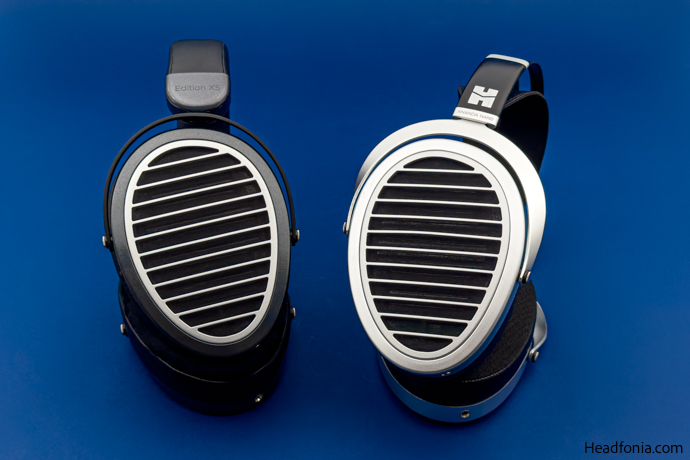
High
The attack and bite of the treble are definite and downright impressive. The treble extends beautifully to the top octave without any shrill or glare.
Hifiman Ananda Nano’s excellent PRaT showcases its excellency here as well, as the entire treble range feels extended, airy, and open. The resolution is very impressive here also, and the treble complements the upper midrange and the rest of the spectrum very delicately. The whole freq. range feels coherent and seems to work in harmony to create a realistic reproduction of whatever genre you throw at the Nano.
Technical Performance
Remarkable. The Ananda Nano impressed me with its snappy PRaT, great accuracy, and its uncolored timbre. The overall clarity and resolution are excellent as well. The headphones feel quick, tight, fast, and articulate. It is definitely one of its precisive factors. The soundstage is wide and relatively deep, especially with K9 Pro ESS and E70V & L70 sources. The imaging is excellent, the headphone does a great job of conveying information about the acoustical characteristics of the instruments, the space, and their locations. It is easy to pinpoint the instruments and the layout within the stage as Nano does a great job of portraying it to the tiniest detail.
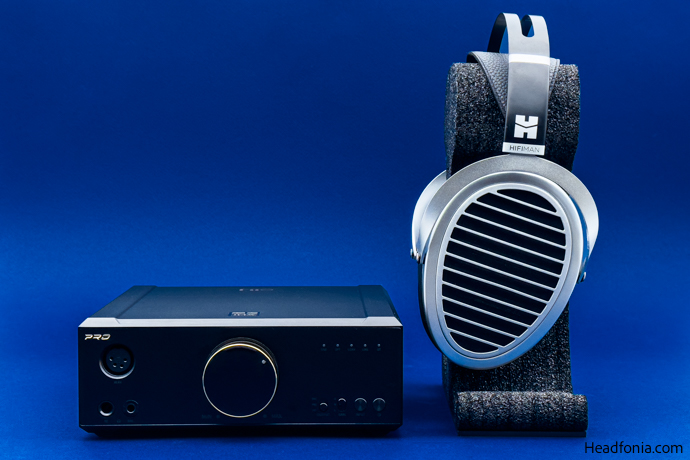
Comparisons
vs. iBasso SR3 ($599 USD)
Hifiman Ananda Nano and the iBasso SR3 are two noteworthy contenders. Each headphone offer unique sonic characteristics and design features, making them both intriguing options for audiophiles. In this comparative review, we’ll delve into the key aspects of these headphones, from their bass performance to their treble delivery, to help you determine which one might be the right fit for your audio preferences.
The SR3, iBasso’s open-back successor to the semi-open SR2, features a completely upgraded internal design. It employs a Tesla magnetic dynamic driver with silicone suspension and a bio-cellulose diaphragm. The headphone’s housing is made of aluminum and finished in light grey, while the grille and headband feature a sleek black finish. The headband, a fusion of metal and leather, provides excellent suspension and is remarkably lightweight. The domical metal grille adorning the ear cups lends the SR3 a sophisticated appearance. In comparison, the Ananda Nano falls slightly short in terms of sheer build quality, and the fact that the SR3 is slightly lighter than the Ananda Nano with its full metal build is certainly impressive. Comfort-wise, Ananda Nano’s huge earcups envelop users’ ears and provide ample room for ears to breathe. It never gets sweaty or discomforting and I find Ananda Nano’s headband more successful in terms of balance.
Both headphones feature user-replaceable earpads, and the SR3’s earpads undergo a massive change in its sound signature depending on the type of earpad used. It comes with two different material earpads, one offering a warm, rounded signature, and the other offering an airy, balanced, and detailed signature. This effectively makes the SR3 a 2-in-1 deal of a headphone.
Power-wise, the Ananda Nano is much easier to drive and requires less wattage to perform optimally. The SR3’s 150-ohm drivers need a good amount of juice to shine.

In the bass department, the SR3 delivers a slightly more impactful, warmer, and rounder bass compared to the Ananda Nano when using the stock pads. However, the Ananda Nano takes the crown in terms of resolution, detail, and agility, but the difference is not day and night, especially when we use the spare pads of the SR3.
In the midrange, both headphones perform admirably, but the Ananda Nano feels more spacious and breathy, with more extension in the upper midrange. The Ananda Nano pulls ahead with its more spacious and airy midrange and higher overall resolution, while the SR3 offers a slightly colored, warmer midrange.
In terms of treble, both headphones shine. The Ananda Nano’s treble extends beautifully to the top octave without any shrill or glare, while the SR3 offers a polished and smoother performance. The SR3’s treble response strikes a delicate balance between detail retrieval and smoothness, allowing for an engaging listening experience that can be enjoyed for extended periods without causing fatigue. The detail retrieval capability of the Ananda Nano is far superior, but SR3’s polite treble still carries lots of detail for the treble sensitive audiophile.
In terms of technical performance, the Ananda Nano impresses with its snappy PRaT, great accuracy, and uncolored timbre. The headphones feel quick, tight, fast, and articulate, with a wide and relatively deep soundstage. The SR3 also features a solid technical performance but offers a smoother, more easygoing signature, especially in the upper mid and treble areas. It may be a better option for audiophiles who have treble sensitivity.
In conclusion, both the Hifiman Ananda Nano and the iBasso SR3 are exceptional headphones, each offering unique strengths. While the Ananda Nano stands out due to its superior technical capability and true-to-tonal quality rendition, the iBasso SR3’s unique strengths and versatility make it a worthy contender. Ultimately, the choice between the two will come down to personal preference, and many audiophiles will find satisfaction with either option.
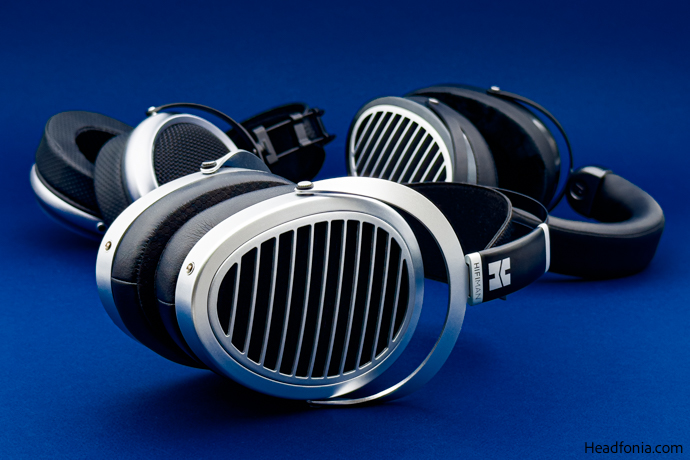
vs. Edition XS (now $449 USD)
Having used the Edition XS for over a year, it has become my go-to headphone. The material quality and design are commendable, but I’ve encountered comfort issues with the headband. Its non-suspended design and limited adjustment levels can be problematic for those with smaller heads. To achieve a proper fit, I found myself wrapping extra foam around the headband. However, this issue is non-existent with the Ananda Nano, which offers a wider range of adjustments, catering to both small and large heads. Moreover, the Ananda Nano’s headband distributes pressure more evenly compared to the Edition XS. I also noticed that the clamping force of the Edition XS was sometimes insufficient, especially for glasses wearers, an area where the Ananda Nano proves to be more comfortable as well. Overall, Ananda Nano is far superior when it comes to fit and comfort, for my head/ear anatomy.
Sound-wise, the XS is not as open and spacious as the Ananda Nano, but they are not worlds apart. Ananda Nano has superior prat and faster transient response and I honestly believe that it is perhaps the fastest, snappiest offering on the market at the moment, around this price bracket. As for details, let’s go in-depth.
When it comes to bass performance, both the Edition XS and Ananda Nano have their unique strengths. The Edition XS delivers punchy and impactful bass that feels both natural and effortless, thanks to its Ultra-Thin Diaphragm. The bass quantity is sufficient for a wide range of genres, providing a sweet bass that hits and rumbles just right. On the other hand, the Ananda Nano reproduces a spot-on bass range that is impactful and blazing-fast despite its neutral characteristics. The infrasonic frequencies are easily felt, and the bass feels alive, dynamic, and powerful. The bass range is coherent with no audible imbalance, and the transition from the bass range to the midrange is seamless.
In the midrange, the Edition XS delivers a crisp and clear sound with a lifelike feeling. The vocals are impressive, and the timbre is realistic and natural. The instruments are slightly set back compared to the vocals, but they are nicely textured and positioned on a realistic stage. The Ananda Nano, on the other hand, offers an alive, vivid, neutral, and natural midrange. Both male and female vocals are reproduced excellently, and the midrange feels realistic and coherent. The upper midrange feels spacious with a great amount of air, and the midrange resolution is quite impressive.
In terms of treble, the Edition XS offers a treble section that is articulated and transparent with a good level of detail and resolution. However, the extension could be better, and the treble can sometimes become too bright. The Ananda Nano, on the other hand, delivers an impressive attack and bite in the treble. The treble extends beautifully to the top octave without any shrill or glare, and the entire treble range feels extended, airy, and open.
In terms of technical performance, the Ananda Nano impresses with its snappy PRaT, great accuracy, and uncolored timbre. The headphones feel quick, tight, fast, and articulate. The soundstage is wide and relatively deep, and the imaging is excellent. The Edition XS also delivers a good technical performance, with great decay, quickness, and punch in the bass, a lifelike midrange, and a treble that is articulated and transparent. The Nano offers superior spaciousness and soundstage width, depth, and better imaging with sharper positioning.
In conclusion, both the Hifiman Edition XS and the Ananda Nano are exceptional headphones, each offering unique strengths. While the choice between the two will come down to personal preference, both headphones deliver impressive performance in their respective ways.
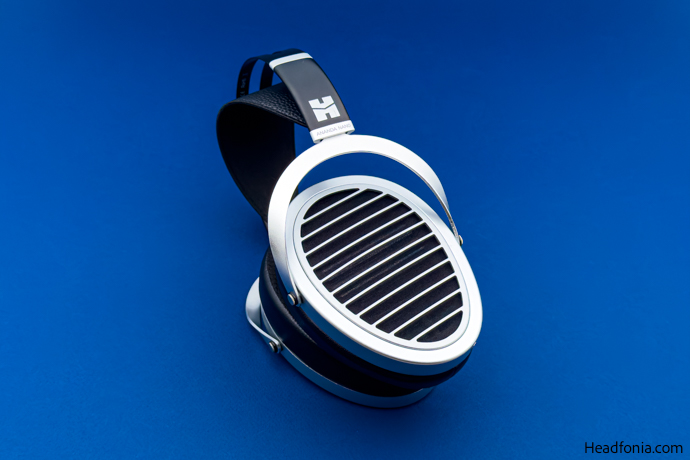
Last Words
Wrapping up, the Hifiman Ananda Nano stands as a testament to Hifiman’s devotion to innovation and quality. This headphone, priced at $599, delivers an exceptional audio experience that is hard to match in its price range. Its neutral sound signature, coupled with a fast, impactful bass and a vivid, natural midrange, offers a listening experience that is both immersive and satisfying. The treble extends beautifully, adding to the overall coherence of the sound.
The Ananda Nano’s technical performance is remarkable, with its snappy PRaT, great accuracy, and uncolored timbre. The wide and deep soundstage, along with excellent imaging, further enhances the listening experience. The Ananda Nano is a testament to what can be achieved when innovative technology, like the Nanometer Thickness Diaphragm, is applied with a deep understanding of what makes sound reproduction satisfying to the human ear. This headphone is a worthy investment for any audiophile looking for a high-quality, reliable, and impressive performer.
The Ananda Nano is a recommended buy!
Pros
+ Excellent sound quality
+ Superb resolution
+ Impressive technical capability
+ Reworked headband is a well-deserved upgrade
+ Easy to drive
Cons
– Plastic outer housing
– Basic looking cable
– Upper midrange may be too forward for sensitive audiophile
Page 1: Hifiman, Ananda Nano, Packaging & Accessories, Design, Build & Comfort, Sound Intro
Page 2: Low, Mid, High, Technical Capability, Comparisons, Last Words






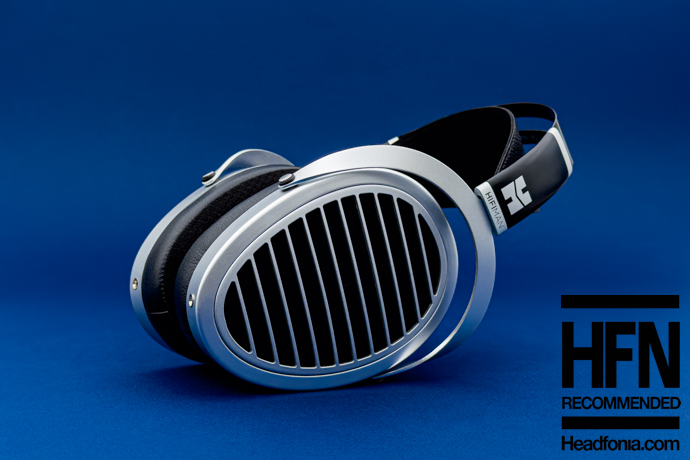

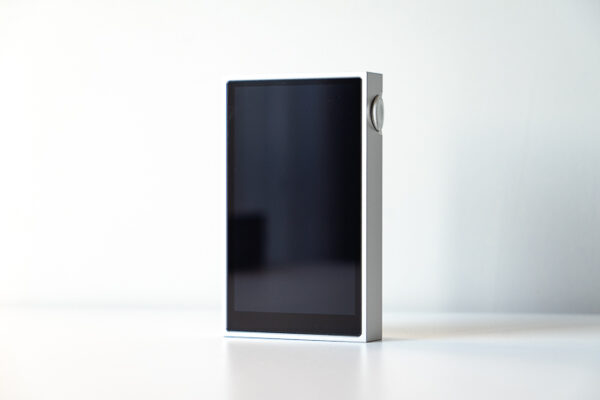

SYED UZAIR AHMED
I would love to hear how it pairs with Chord Mojo 2 as that’s what I currently own and love please update the pairing section of your review
Juan
Hi from Spain, I have a Shanling M6U and Hifiman Ananda SMagnets.
Do you think worth It can exchange the Ananda SM for Ananda Nano?
I listen FLAC to pop, rock, electronic…
Thanks4all 😉
Mai
Hi, thanks for the review. I noticed test device include chord mojo2, how does nano sound with mojo2? Is mojo2 capable of driving it to deliver the good sound?